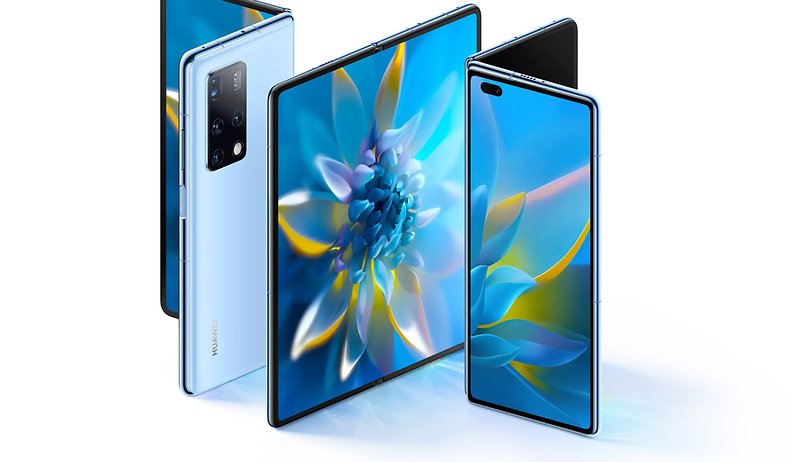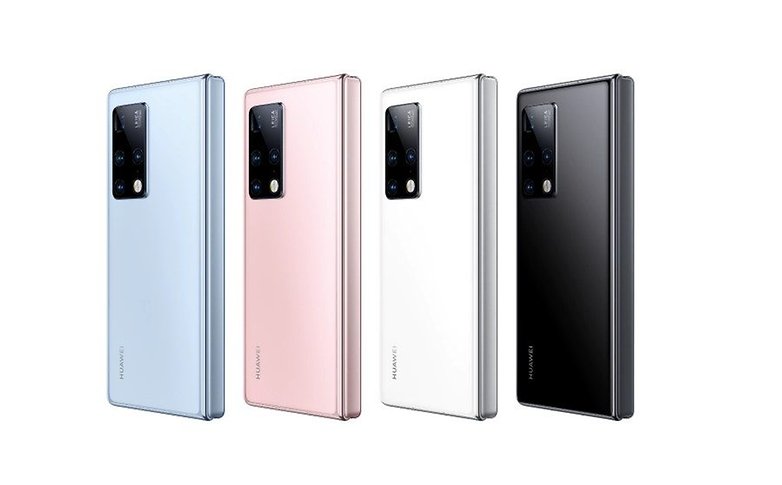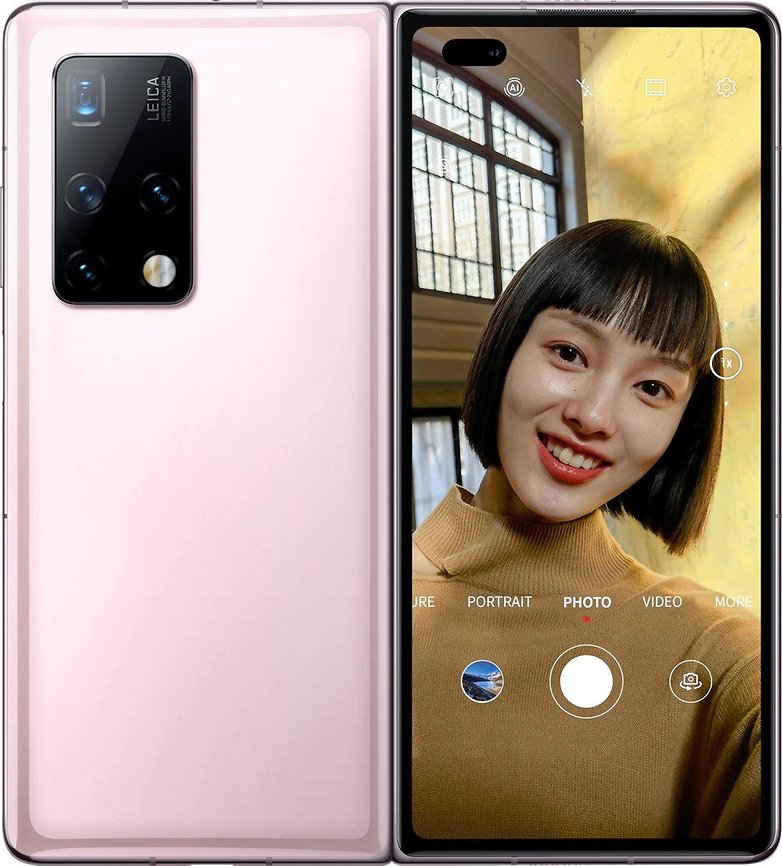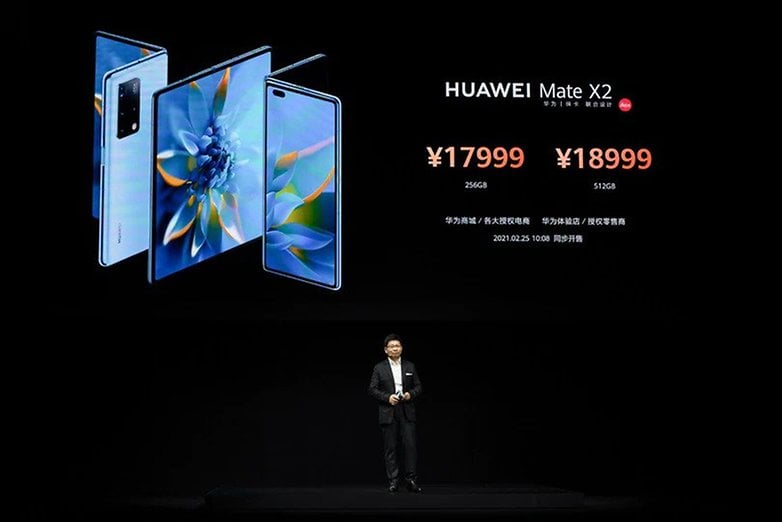Huawei Mate X2: Here’s Everything need to know about the latest foldable in town


Read in other languages:
Huawei, earlier today, announced the launch of its newest foldable flagship smartphone - the Mate X2 in China. The Mate X2 succeeds Huawei’s previous smartphone models – the Mate X and the Mate Xs and is the third generation foldable phone from the troubled telecommunications giant from China.
- The Mate X2 is Huawei’s third attempt at making a foldable smartphone
- The folding mechanism of the Mate X2 is different from its predecessors
- At nearly $3000, this is perhaps Huawei’s most expensive smartphone ever
How different is it from the Mate Xs?
The major change to the Mate X2 certainly has to be the way in which it folds. Huawei, this time, has opted for an inward folding design akin to the Samsung Galaxy Z Fold 2. Unlike the Fold 2, however, the Mate X2 has a wedge-shaped design that tapers toward one end. The phone is the thickest at the part where the camera modules are housed. At its thinnest, the Mate X2 measures just 4.4mm.
Huawei also talked about a new hinge design that lets users fold the phone without any gap. The company claims it uses Zirconium-based liquid metal and carbon fiber panels – which the company claims helped reduce the overall weight of the phone. But then at nearly 300g, the Mate X2 surely isn’t light by any means and is a few grammes heavier than the Fold 2.

The inward folding design also means that the phone now gets two separate displays. While the external display measures 6.45-inches across and has a resolution of 2700 x 1160 pixels, the main display - when unfolded measures 8-inches and totes a resolution of 2480x2200 pixels.
Both the panels are of the OLED type and support 90Hz refresh rate which is not quite up there with the 120Hz main panel on the Fold 2 but is better than the standard 60Hz refresh rate on the Fold 2’s external display. The touch sampling rate for the two displays also happens to be slightly different: 180Hz for the main display and 240Hz for the external display.
What are the specifications like?
The Huawei Mate X2, unsurprisingly, comes powered by Huawei’s newest 5nm SoC - the Kirin 9000. While not as fast as the Snapdragon 888, the Kirin 9000 is definitely flagship grade and is on par (if not slightly better than the SD 865 from last year). The phone comes with 8GB of RAM and two storage options: 256GB and 512GB. And no, there is no memory card slot - just in case you were wondering.
Huawei has created a name for itself in the smartphone photography space and for the same reason, expectations were high for the Mate X2’s camera specs. The company did not disappoint and you will be glad to know that the Mate X2 gets four cameras at the rear that include a 50MP RYYB main camera, a 16MP ultrawide secondary shooter (that also doubles up as a macro lens), a 12MP telephoto camera with OIS and an 8MP periscope zoom camera, again, with OIS. There is a 16MP front camera as well that is located within a ‘punch-hole' cutout on the external display.

For a phone of this size, the 4,500mAh battery sounds a bit on the lower side. With Huawei’s supercharger, the Mate X2 can be charged at 55W. The phone lacks support for wireless charging, though. As expected of a 2021 flagship, the Mate X2 supports 5G networks and offers support for WI-Fi 6 as well.
Does it have Google services?
Let’s now address the Huawei Mate X2’s biggest problem - it’s Achilles Heel - so to say. With no sign of the US-China trade war coming to an end, Huawei continues to be on an entity list that bars them from collaborating with US companies. For the same reason, the Mate X2, if it ever makes it to markets outside of China, it will come sans Google Services. While several people thought this phone will run Huawei’s own Harmony OS, that isn’t the case and the device continues to run a de-Googled version of Android 10 with EMUI 11.

In China, where Google services don’t really matter, the Huawei Mate X2 has been priced at CNY 18,000 (EUR 2300) for the base 256GB variant and CNY 19,000 (EUR 2420) for the 512GB option. This makes the phone considerably more expensive than even the Galaxy Z Fold 2 which launched for ‘just” USD 1,999. There is no word if this phone will ever make it outside of China.












